
West of downtown Santa Fe, New Mexico towards the strip malls, chain stores, and old neon-lit motels, is a thing called Meow Wolf. I call it a thing because I’m not quite sure what it is and that’s after crawling through refrigerators, blue time tunnels, and playing musical mastodons. The amount of ingenuity per square foot is astounding.
There’s a detective story loosely connected to Meow Wolf. Immerse-ants will find private correspondence referring to all kinds of mysterious events. Feel free to open drawers or snoop in cabinets, cues are scattered everywhere but with so many people wandering around gaping at the strangeness it’s hard to get a look at them all. I sort of tried to follow the story but it will take several visits to figure it out. If you want to solve the story go to Meow Wolf when nobody is blocking your progress.
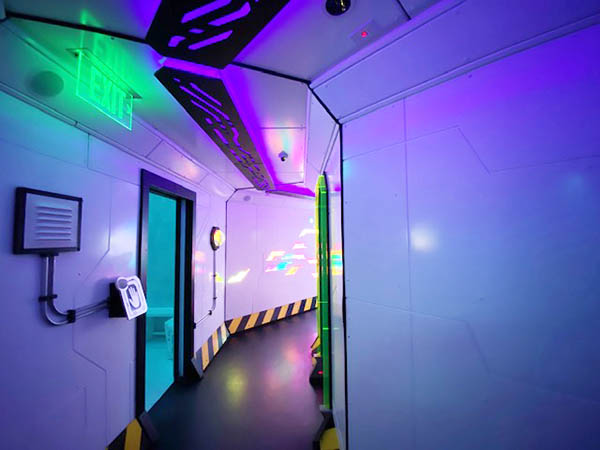
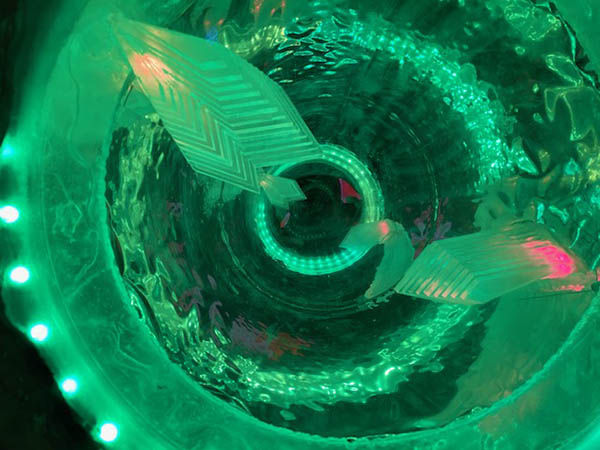
Besides the back story, Meow Wolf can stand alone if you don’t want to tax your brain trying to slot Lex’s school reprimand letter into the narrative. Nothing is what it seems to be so just wander around opening portals and being amazed at the way normal life can be altered by slight shifts in reality. It reminds me of that Monkees movie, Head.

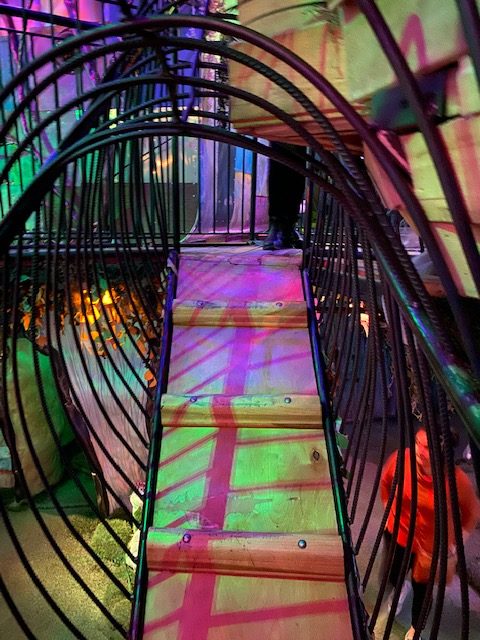
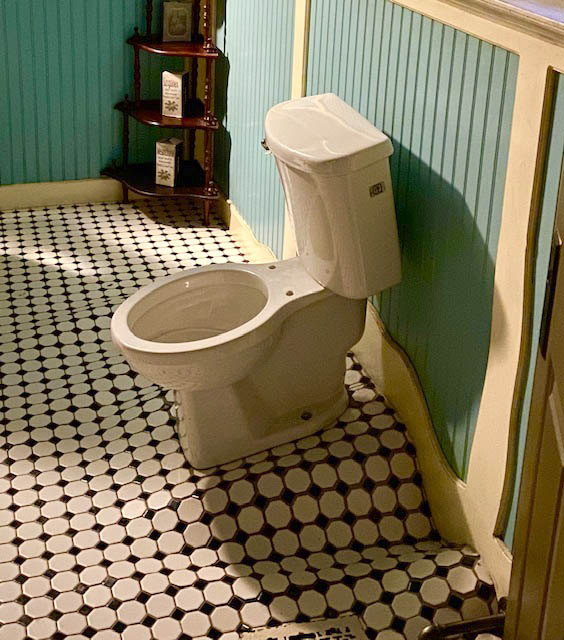
Be prepared to crawl around on your hands and knees and push or pull on everything. At least half the stuff leads to somewhere else. One second you’re in a traditional living room, the next a spacecraft. If you can fit inside it goes somewhere cool. I loved the place and it’s given me many ideas on how to make our house forever un-sellable with a few modifications.
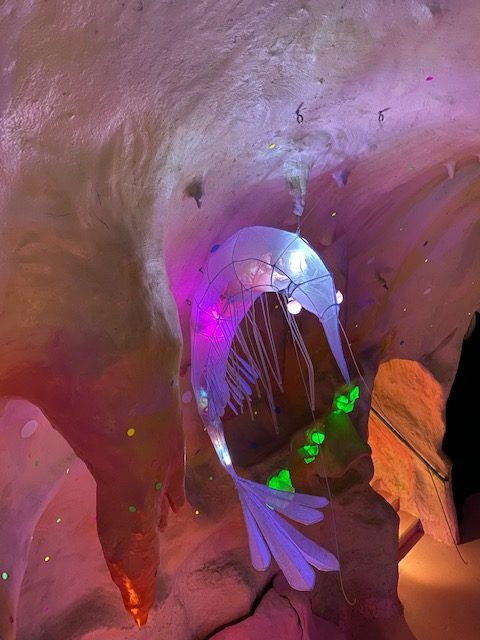
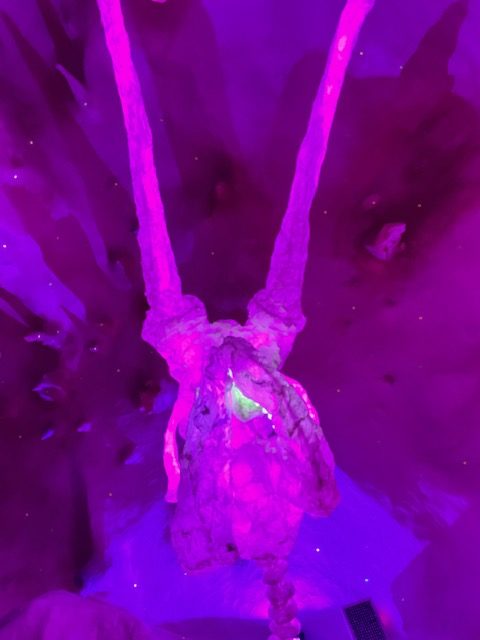
The closest things to Meow Wolf in the real world are those McDonald land playhouses found at suburban McDonald’s restaurants, except that Meow Wolf is not as sticky. They must have a crack janitorial crew. After two and a half hours I had use one of the many exits to make sure I wasn’t stuck in there. It’s artwork that you enter and sign in please, then try to imagine why it exists.
Next time you visit Santa Fe, New Mexico, visit Meow Wolf. There is talk of replicating Meow Wolf in Las Vegas, Nevada. I’m sure the Vegas one will be overdone and flashy but I like the little mom and pop alternate realities better.
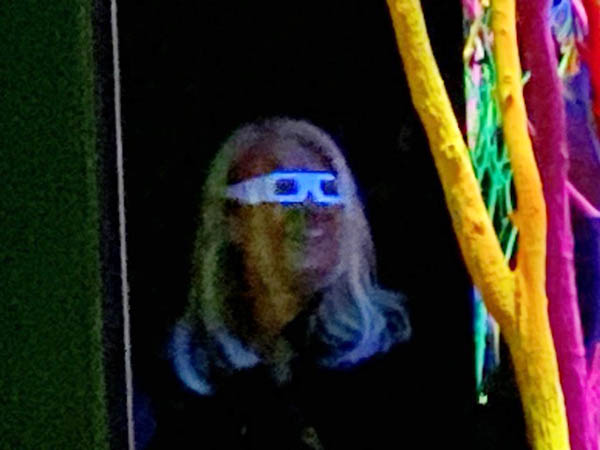



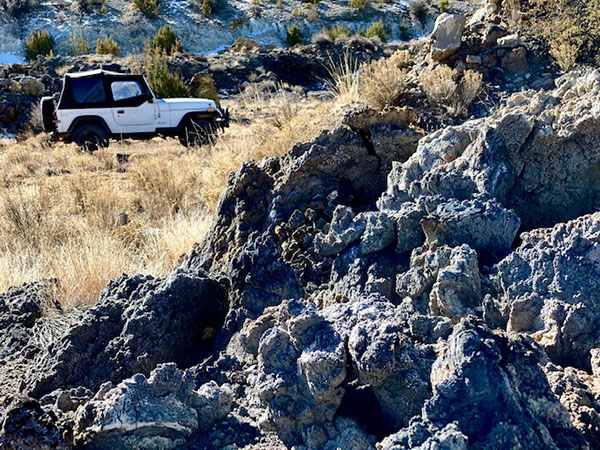
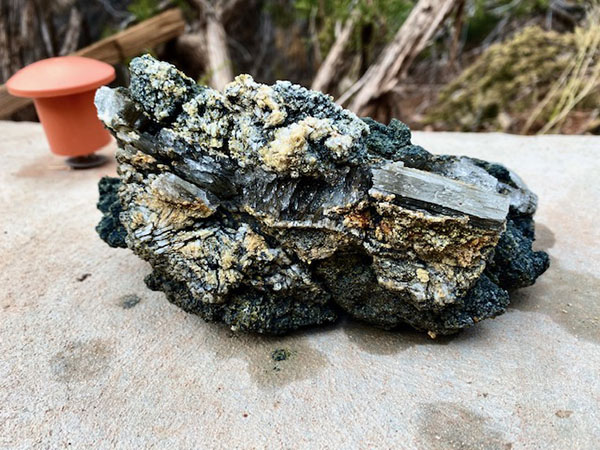
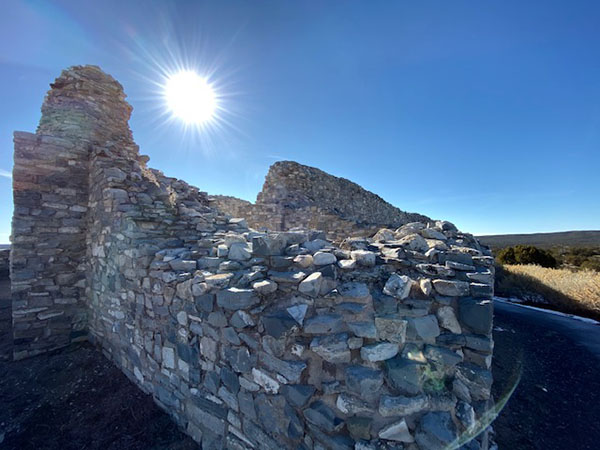
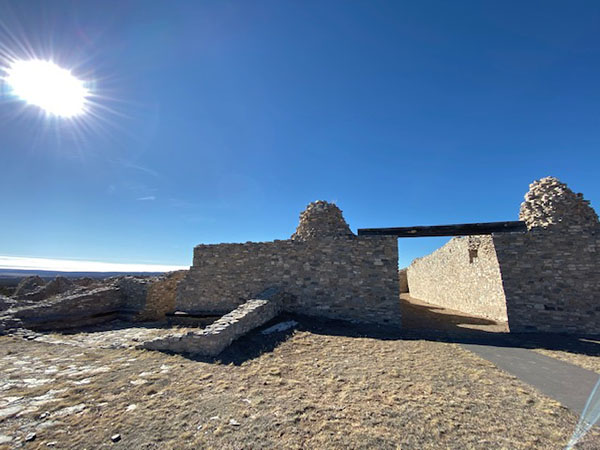

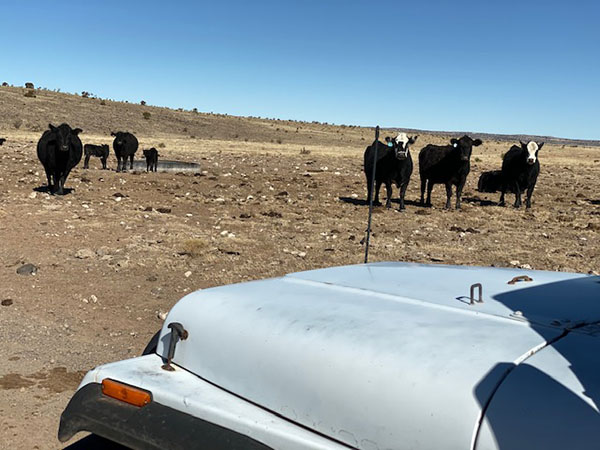
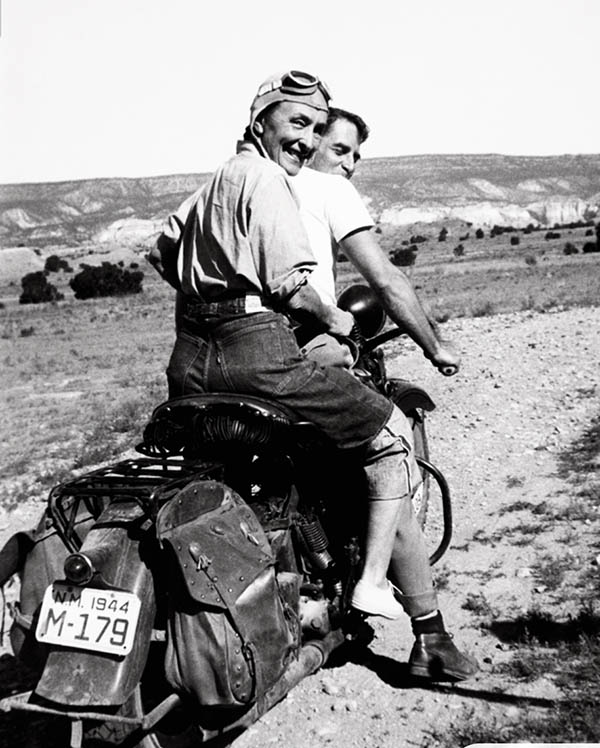

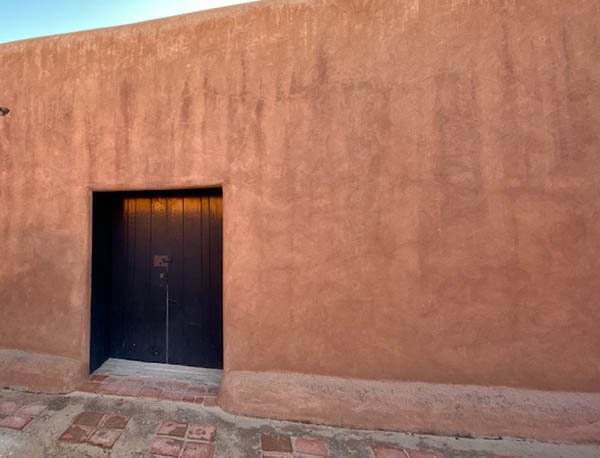


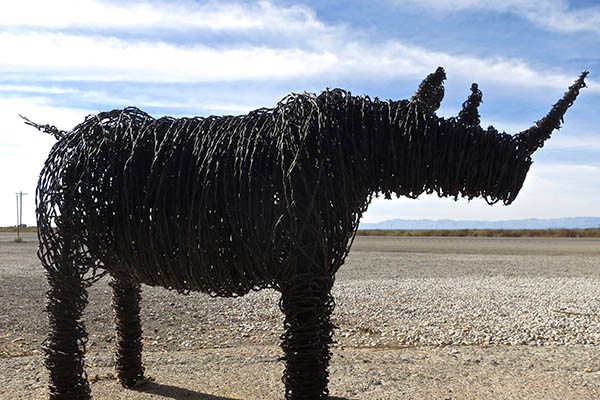
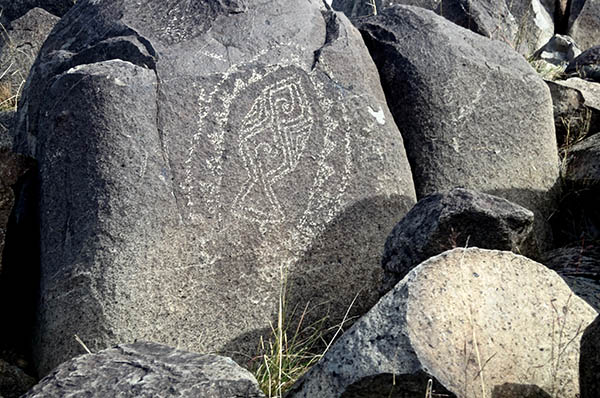
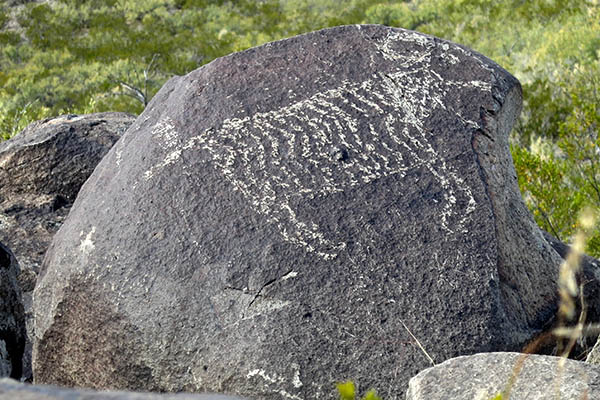
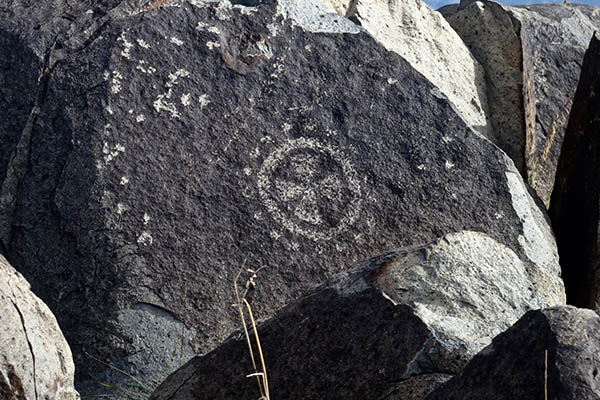

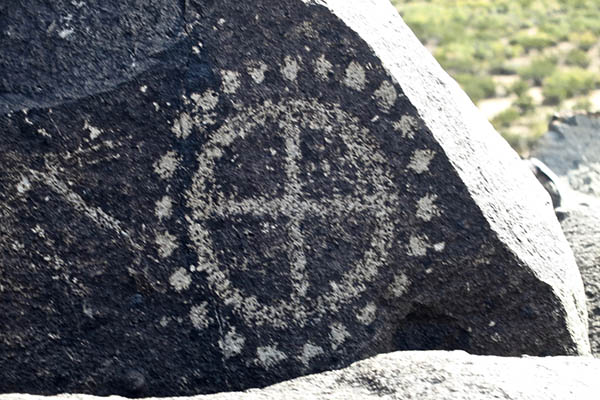


 Caliente, Nevada.
Caliente, Nevada.
 Window Rock, Arizona.
Window Rock, Arizona.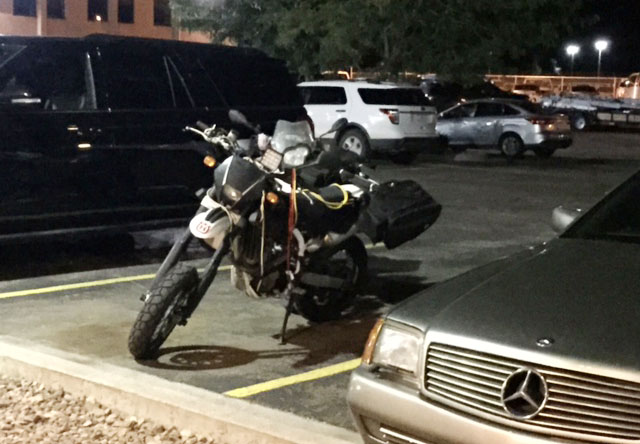
 East of Ruidoso, I steered the Husqvarna off of Highway 70 onto Devils Canyon Road and followed the twisting, smoothly-graded dirt until it dead-ended at Highway 220. Back on asphalt I turned right, rode past the airport and pulled into Fort Stanton, New Mexico.
East of Ruidoso, I steered the Husqvarna off of Highway 70 onto Devils Canyon Road and followed the twisting, smoothly-graded dirt until it dead-ended at Highway 220. Back on asphalt I turned right, rode past the airport and pulled into Fort Stanton, New Mexico. The Officers Quarters played host to Lieutenant John Pershing, who made good later on in life as General Black Jack Pershing. The OQ is divided into two story apartments with thick stone walls between. One section of the wall was damaged showing the rubble-filled core of the finished walls. This type of construction took a lot of manpower to build.
The Officers Quarters played host to Lieutenant John Pershing, who made good later on in life as General Black Jack Pershing. The OQ is divided into two story apartments with thick stone walls between. One section of the wall was damaged showing the rubble-filled core of the finished walls. This type of construction took a lot of manpower to build.
 New Mexico’s clean dry air was the ideal spot to treat tuberculosis and in the 1930’s a modern hospital was built to care for easterners suffering from the unsanitary conditions prevailing at that time. The hospital sported New Mexico’s very first elevator along with dental facilities and entertainment. The patients however had to sleep outside in a tent city as it was believed plenty of fresh air and good food was the cure. It worked pretty well too.
New Mexico’s clean dry air was the ideal spot to treat tuberculosis and in the 1930’s a modern hospital was built to care for easterners suffering from the unsanitary conditions prevailing at that time. The hospital sported New Mexico’s very first elevator along with dental facilities and entertainment. The patients however had to sleep outside in a tent city as it was believed plenty of fresh air and good food was the cure. It worked pretty well too.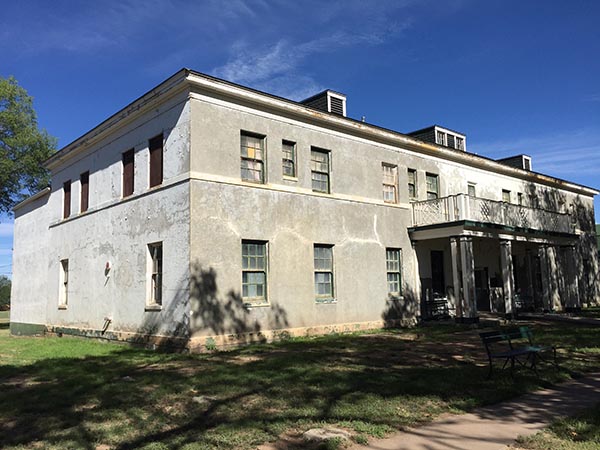 It’s ok to ride your motorcycle on the paved roads in the fort. On a back street there are more recent buildings and a nice stone church. I’m not into religion but I love to check out the buildings religious people have constructed. The little church at Fort Stanton is a jewel. It was open the day I was there and the place was clean and neat. For all I know believers may still worship here. You’re not allowed to tramp through the brush but behind the church a couple hundred yards are the remains of a swimming pool German prisoners of war built to stave off boredom and have a place to cool off in the summertime.
It’s ok to ride your motorcycle on the paved roads in the fort. On a back street there are more recent buildings and a nice stone church. I’m not into religion but I love to check out the buildings religious people have constructed. The little church at Fort Stanton is a jewel. It was open the day I was there and the place was clean and neat. For all I know believers may still worship here. You’re not allowed to tramp through the brush but behind the church a couple hundred yards are the remains of a swimming pool German prisoners of war built to stave off boredom and have a place to cool off in the summertime.
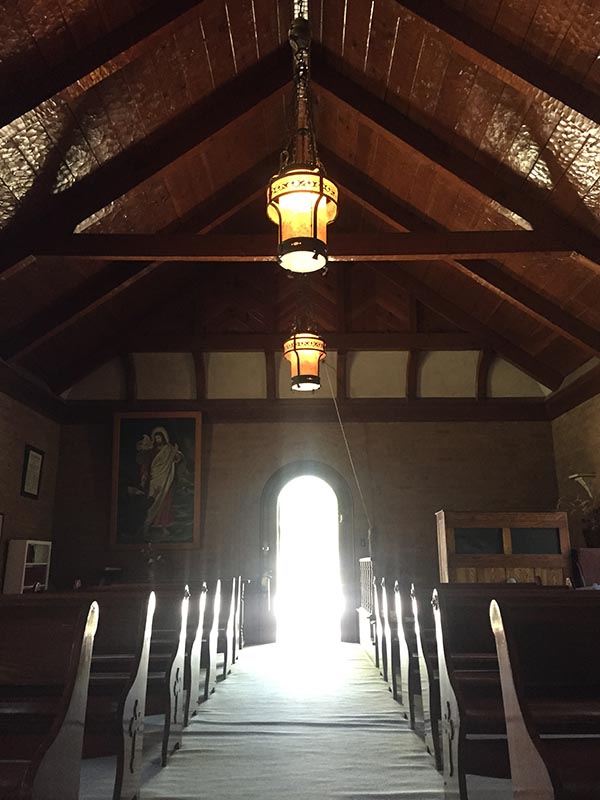 Right next door to the Officer’s Quarters is the Nurse’s quarters. I don’t know if the two uses ran concurrently but if they did this little corner of Fort Stanton must have been a happening spot. The Nurse’s quarters were in sad shape except for the main entrance, which had beautiful beams holding up the roof.
Right next door to the Officer’s Quarters is the Nurse’s quarters. I don’t know if the two uses ran concurrently but if they did this little corner of Fort Stanton must have been a happening spot. The Nurse’s quarters were in sad shape except for the main entrance, which had beautiful beams holding up the roof. Fort Stanton isn’t overrun with tourists. Even though it was part of a war machine, wandering around inside the buildings gives you a sense of peace. Sit on one of the benches in the bright New Mexico sun and you can imagine the soldiers marching the grounds in formation; the gentle coughing of the slowly recovering patients and the laughter and splashing of lucky Germans who were spared death in World War 2.
Fort Stanton isn’t overrun with tourists. Even though it was part of a war machine, wandering around inside the buildings gives you a sense of peace. Sit on one of the benches in the bright New Mexico sun and you can imagine the soldiers marching the grounds in formation; the gentle coughing of the slowly recovering patients and the laughter and splashing of lucky Germans who were spared death in World War 2.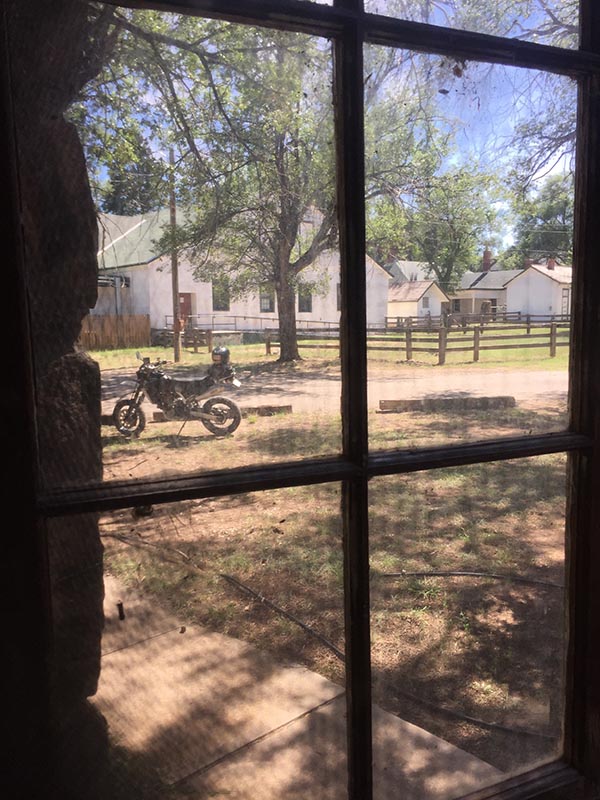
 There are more ways to measure wealth than money. Sure, traditionalists rely on a strict net worth approach, adding up the figures on electronic statements in a system where the winner is whoever has the highest number. You can count all sorts of things, though. You can count friends, you can count grandchildren, you can count experiences: These are forms of wealth that won’t show up on that balance email from the bank.
There are more ways to measure wealth than money. Sure, traditionalists rely on a strict net worth approach, adding up the figures on electronic statements in a system where the winner is whoever has the highest number. You can count all sorts of things, though. You can count friends, you can count grandchildren, you can count experiences: These are forms of wealth that won’t show up on that balance email from the bank. On of my largest assets is the 4-speed Suburban project. When I bought the ’90 ‘Burb it came with a malfunctioning automatic transmission. I hate automatics and malfunctioning ones even more so. The 700R4 works in Drive and Reverse but not in 1-2-3. The truck runs fine and it will tote a 3000-pound load without complaint but that boring automatic has got to go. It’s a rare Suburban that came with a 4-speed from the factory and even rarer to see a ½-ton version. I’ve only seen one 4-speed ‘Burb and it was ¾-on. This project keeps earning interest and I’ve been training a weather eye on Internet sale sites for a cheap, manual transmission, 4X4 GM truck to steal the guts from. I found a late model, 4X4-IFS 1/2-ton truck with a 5-speed and a nice FI engine that ran well but the transfer case and transmission housing were broken and besides everything was on the wrong side for the old straight axle suburban.
On of my largest assets is the 4-speed Suburban project. When I bought the ’90 ‘Burb it came with a malfunctioning automatic transmission. I hate automatics and malfunctioning ones even more so. The 700R4 works in Drive and Reverse but not in 1-2-3. The truck runs fine and it will tote a 3000-pound load without complaint but that boring automatic has got to go. It’s a rare Suburban that came with a 4-speed from the factory and even rarer to see a ½-ton version. I’ve only seen one 4-speed ‘Burb and it was ¾-on. This project keeps earning interest and I’ve been training a weather eye on Internet sale sites for a cheap, manual transmission, 4X4 GM truck to steal the guts from. I found a late model, 4X4-IFS 1/2-ton truck with a 5-speed and a nice FI engine that ran well but the transfer case and transmission housing were broken and besides everything was on the wrong side for the old straight axle suburban. The chalky blue, 1974 MG GT came with Tinfiny Ranch and was listed as an out building on the deed. This car was on the chopping block until I started reading about MG’s with Buick 215 cubic-inch aluminum engine swaps. I really have to stay off the internet. The Buick engine triples the horsepower, doesn’t weigh much more than the iron 4-banger it replaces and sounds cool as hell revved up to 6000 RPM. This is one asset I kind of wish was not in my Project Bank as I’ve never been that interested in cars. Still, it’s there waiting on me.
The chalky blue, 1974 MG GT came with Tinfiny Ranch and was listed as an out building on the deed. This car was on the chopping block until I started reading about MG’s with Buick 215 cubic-inch aluminum engine swaps. I really have to stay off the internet. The Buick engine triples the horsepower, doesn’t weigh much more than the iron 4-banger it replaces and sounds cool as hell revved up to 6000 RPM. This is one asset I kind of wish was not in my Project Bank as I’ve never been that interested in cars. Still, it’s there waiting on me. Tinfiny Ranch itself is a huge source of endless work, but beyond the physical plant The Ranch continues to deposit surprises into my Project Bank. This Merry Tiller project revealed itself as I was hauling away two, multi-panel garage doors. The doors sections were stacked with spacers in the popular rat-paradise fashion and I gave chase to a couple fat rats but they got away from me in the thick brush down by the ravine. The Merry Tiller looks like it will come in handy for the raised-bed vegetable garden (yet another deposit in The Project Bank) I’m planning for the back yard. The engine on the tiller is not stuck and being a Briggs & Stratton I’m sure it will run so I’m leaving it in The Bank for safe keeping.
Tinfiny Ranch itself is a huge source of endless work, but beyond the physical plant The Ranch continues to deposit surprises into my Project Bank. This Merry Tiller project revealed itself as I was hauling away two, multi-panel garage doors. The doors sections were stacked with spacers in the popular rat-paradise fashion and I gave chase to a couple fat rats but they got away from me in the thick brush down by the ravine. The Merry Tiller looks like it will come in handy for the raised-bed vegetable garden (yet another deposit in The Project Bank) I’m planning for the back yard. The engine on the tiller is not stuck and being a Briggs & Stratton I’m sure it will run so I’m leaving it in The Bank for safe keeping. Here at ExhaustNotes.us we are all about the motorcycle, with a smattering of gunplay and interesting adventure destinations thrown in to keep the place hopping. But what if there were no bikes, adventures or bullets? What then? Keep reading and I’ll tell you what then, Bubba.
Here at ExhaustNotes.us we are all about the motorcycle, with a smattering of gunplay and interesting adventure destinations thrown in to keep the place hopping. But what if there were no bikes, adventures or bullets? What then? Keep reading and I’ll tell you what then, Bubba.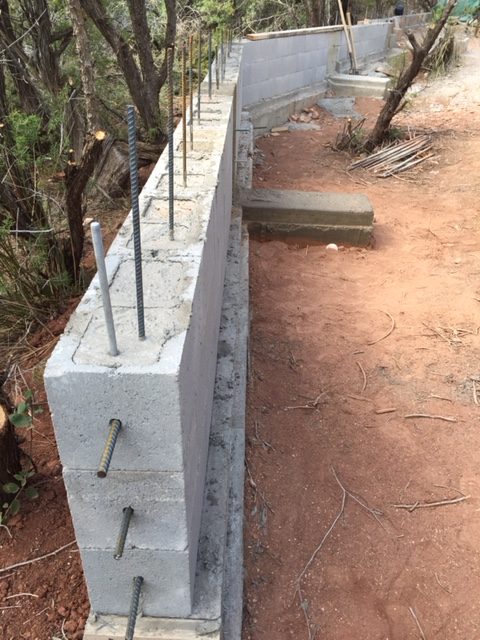 Situated in the steep-ish foothills of the Sacramento Mountains, Tinfiny Ranch is slowly bleeding into the arroyo, you know? You put down your cold, frosty beer and the next thing you know your Stella is halfway to White Sands National Monument. On the lee side of The Carriage House we’ve lost a good 18-inches of mother earth because while it doesn’t rain often in New Mexico when it does rain it comes down in buckets. This sudden influx of water tears through Tinfiny Ranch like freshly woken kittens and sweeps everything in its path down, down, down, into the arroyo and from there on to the wide, Tularosa Valley 7 miles and 1500 feet below. Claiming dominion over the land is not as easy as they make it sound.
Situated in the steep-ish foothills of the Sacramento Mountains, Tinfiny Ranch is slowly bleeding into the arroyo, you know? You put down your cold, frosty beer and the next thing you know your Stella is halfway to White Sands National Monument. On the lee side of The Carriage House we’ve lost a good 18-inches of mother earth because while it doesn’t rain often in New Mexico when it does rain it comes down in buckets. This sudden influx of water tears through Tinfiny Ranch like freshly woken kittens and sweeps everything in its path down, down, down, into the arroyo and from there on to the wide, Tularosa Valley 7 miles and 1500 feet below. Claiming dominion over the land is not as easy as they make it sound. After the wall is up the resulting divot will require filling with dirt. I have lots of dirt on Tinfiny Ranch; the conundrum is where to borrow it from without causing even more erosion. I’m hoping that leveling the back yard will provide most of the needed fill.
After the wall is up the resulting divot will require filling with dirt. I have lots of dirt on Tinfiny Ranch; the conundrum is where to borrow it from without causing even more erosion. I’m hoping that leveling the back yard will provide most of the needed fill.
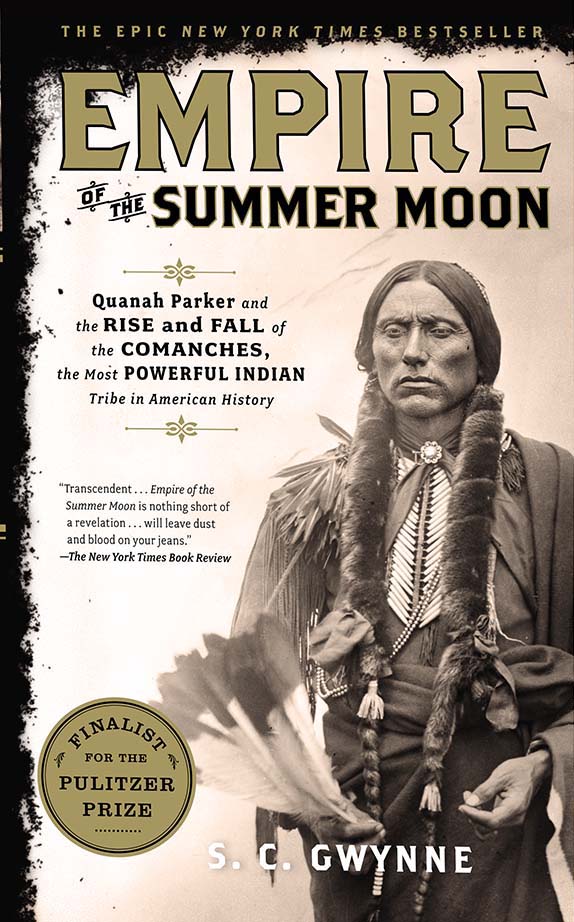 Several things amazed me as I read Empire of the Summer Moon, the first being how it could have not known of it previously. The only reason I learned of it is that I saw Empire in an airport bookstore a couple of trips ago.
Several things amazed me as I read Empire of the Summer Moon, the first being how it could have not known of it previously. The only reason I learned of it is that I saw Empire in an airport bookstore a couple of trips ago.